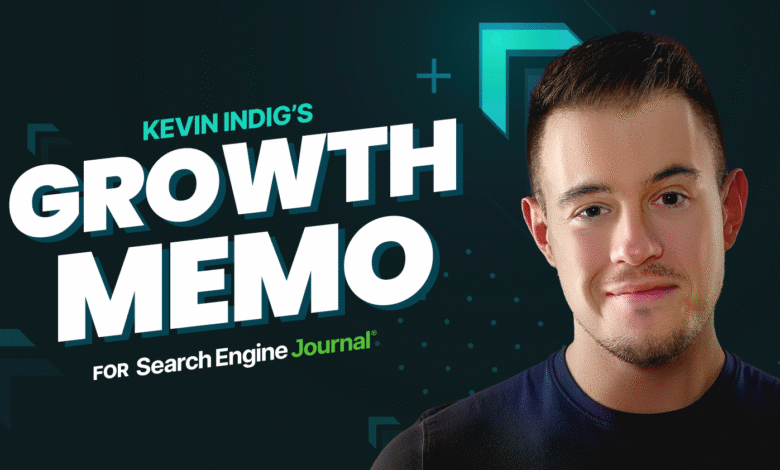AI Study: The Future of Search Revealed

▼ Summary
– AI Mode keeps users highly engaged, with 88% of first interactions being with AI-generated text and median session times of 52-77 seconds.
– External clicks are extremely rare, with a median of zero per task and 77.6% of sessions having no external website visits.
– Users primarily skim AI Mode summaries to form opinions and make decisions without clicking out, except for transactional tasks like purchases.
– AI Mode strategically matches site types with user intent, citing brands for shopping, review sites for comparisons, and publishers for reputation checks.
– Product previews in AI Mode function like mini product detail pages, receiving significant attention and often eliminating the need for external clicks.
A new usability study examining Google’s AI Mode reveals how this feature fundamentally alters search behavior, with users rarely clicking out of the AI-generated panel and primarily using it as a self-contained information source. This independent research, involving 37 participants across seven distinct search tasks, provides unprecedented insight into real user interactions with AI-driven search, filling a critical knowledge gap left by major tech companies who do not share their user data.
The study’s executive summary paints a clear picture: AI Mode captures and holds user attention effectively. In approximately three-quarters of all user sessions, participants never navigated away from the AI Mode interface. A striking 88% of users engaged first with the AI-generated text, spending a median time of 52-77 seconds per task actively interacting with the content. The research demonstrates that clicks have become predominantly transactional, with the median number of external clicks per task registering at zero, and 77.6% of sessions recording no external website visits whatsoever.
Users demonstrated a pattern of quickly skimming AI-generated summaries to form opinions and make decisions without seeking additional sources. The study also found that AI Mode intelligently matches website types with user intent, citing specific categories like marketplaces for shopping queries and review sites for comparison tasks. This represents a significant shift where visibility within the AI response becomes more valuable than driving traffic to external sites, as participants made brand judgments directly from the AI outputs.
The core findings distill to several key observations: AI Mode creates a sticky user experience, clicks are reserved almost exclusively for transactions, the system matches site types with search intent, and product previews function as miniature product detail pages.
Ignoring these behavioral shifts could prove costly for digital strategies. Google’s leadership has indicated that AI Mode represents the future direction of core search functionality. While currently available as a separate tab, the company plans to migrate successful AI features directly into the main search experience. Despite Google’s claims that AI features are designed to direct users to the web, the study data clearly shows users making decisions within the AI interface without clicking through to external sites.
Currently, AI Mode usage sits at just over 1% of Google.com traffic in the United States, but as Google expands this functionality more broadly, it could represent the most substantial shift to search behavior in years. Traditional SEO remains effective in this new environment, but if AI Mode becomes the default experience, strategies must evolve accordingly. Preparing for this future requires treating AI Mode as the final destination rather than a doorway to elsewhere, focusing on appearing within the AI response in ways that align with actual user behavior.
The study’s first major finding confirms that AI Mode creates a highly engaging, self-contained experience. The majority of sessions recorded zero external visits, with nearly 90% of users interacting first with the AI-generated text. Engagement times ranging from 50-80 seconds per task demonstrate that the feature holds attention and resolves many search needs without generating external traffic. This suggests that content creators should treat the AI panel as the primary reading surface rather than a teaser for traditional search results.
When clicks do occur, they’re almost exclusively reserved for transactions. Out of 250 valid tasks, the median number of external clicks was zero. Shopping prompts like “canvas bag” and “tidy desk cables” accounted for two-thirds of all external clicks in the study, while comparison tasks generated minimal click-throughs. This indicates that AI Mode absorbs what would traditionally be top-of-funnel and middle-of-funnel clicks, with users discovering products and forming opinions entirely within the AI interface.
The research also reveals that AI Mode systematically matches website types with search intent according to specific rules. Shopping prompts direct users to brand and marketplace sites, comparison queries surface review sites, and reputation checks split between brand sites and publishers. Google itself appears most frequently for local intent and some shopping queries. This classification system means websites can no longer expect visibility across all query types within their topic, success requires aligning strategy with the specific intents that match a site’s classification.
Product previews within AI Mode function as miniature product detail pages, receiving approximately nine seconds of attention with users typically opening only one preview. Nearly half of these interactions stop at the preview without generating click-outs. The post-click experience becomes critically important for converting the limited external traffic that does occur, with classic best practices like displaying reviews significantly impacting conversion rates.
The overarching implication is that influence has replaced clicks as the primary currency in AI-driven search. Strategy must shift from pursuing clicks to earning citations that directly answer user tasks. Comparison content builds trust rather than driving traffic, while merchants should optimize for decisive exits by displaying prices, availability, and social proof prominently.
This research provides foundational insights into how people interact with AI Mode, with further analysis planned for subsequent publication. The methodology employed a mixed-methods approach, capturing both quantitative interaction data and qualitative user reasoning through screen recordings and think-aloud sessions. Thirty-seven English-speaking U.S. adults completed seven search tasks each via remote study, resulting in over 250 valid task records for analysis. The research design enabled observation of interaction mechanics alongside participant reasoning, providing a comprehensive view of how AI Mode changes search behavior.
(Source: Search Engine Journal)





